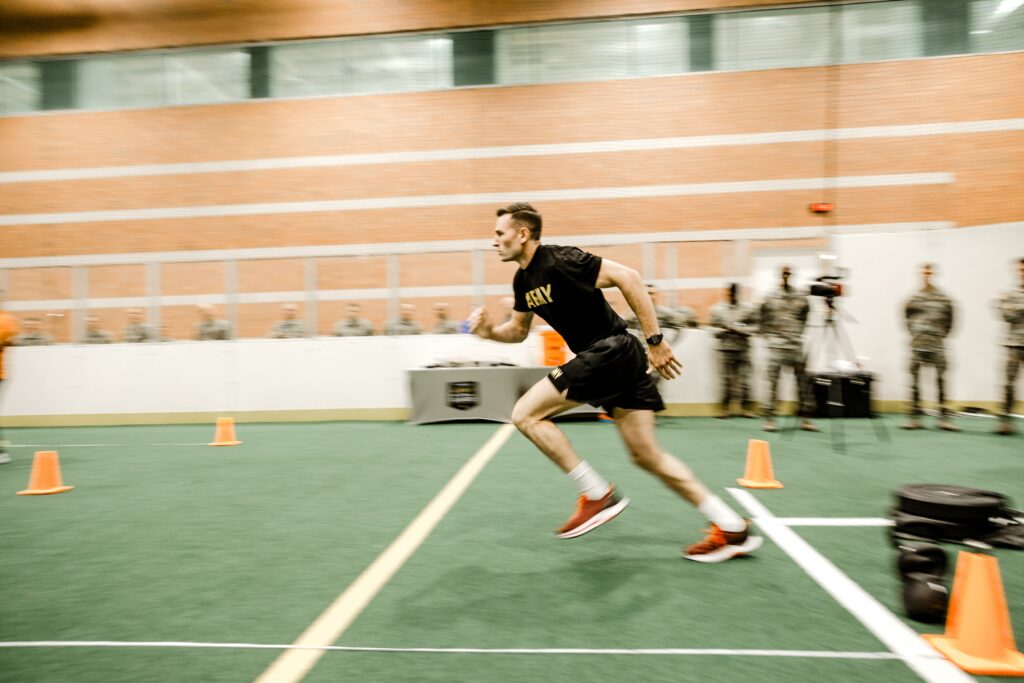Nutritional advice for high-intensity training

Things have recently changed for me. I’ve changed my whole thought process about what is “challenging” and “effective” to become a better athlete. I’ve discovered CrossFit. The CrossFit prescription is “constantly varied, high-intensity, functional movement.”
It is a sport in itself, “the sport of fitness” which optimizes human performance. In essence, these high-intensity (anaerobic) functional movements are more effective in eliciting improved fitness results.
Many studies have recently come out reporting that high-intensity training results in improved aerobic capacity more so than moderate-intensity training. It is cutting-edge science and I believe one of the best (and fun) ways to train. I believe in it so much I am now trained in CrossFit Endurance, reaching CrossFit Level 1 certification.
It’s beneficial to anyone wanting to improve their overall fitness level or gain strength/lean muscle mass. All workouts are challenging and fun and can be scaled to your ability.
If your athletes are already doing some type of high-intensity training (HIT) or considering CrossFit, make sure your nutrition plan matches your training to gain the most benefit. If you are not properly fueled, hydrated, or have a nutrition recovery plan, strength and muscle growth will not occur.
I recommend the following tips to optimize HIT:
- Hydrate — Drink fluids as soon as you get up, before a workout session, all day long, and as part of your post-workout recovery. Dehydration can interfere with your ability to train effectively or even cause dizziness when exerting yourself. Muscles are 75% water and it’s important to replenish lost fluids from sweat.
- Fuel with Carbohydrates — High-intensity workouts can zap your glycogen (storage of carbohydrates) in just a few minutes! Be sure to eat prior to HIT so you have the energy to complete a workout and do it to your best ability to maximize results. Consume a sandwich, bagel, pasta, yogurt, or dried fruit before your workout. Your entire meal plan should consist of approximately 50-60% carbohydrates including whole grains, vegetables, fruits, and low-fat dairy products.
- Plan Recovery Foods — CrossFit training can leave you shaking when you’ve completed a workout. If you know you will not be going directly home to eat, be sure you have a snack to get you started in the recovery process. Your muscles are most receptive to replenishing glycogen 15-30 minutes after you have completed a workout. Eat a portable snack like pretzels, trail mix, cereal bars, dried fruit, or even a bottle of Boost or Ensure supplement if you won’t be eating for a while. Stop on your way home for some chocolate milk or a smoothie if you forget to pack something.
Again, you’ve depleted your glycogen stores so maximize your recovery by consuming carbohydrate-rich foods. Some protein is needed to repair muscle tissue but not as quickly. You may be able to wait until your next meal if it’s within an hour. Don’t forget the fluid replacement, especially if you have lost a lot of sweat. - Consume a Healthy Diet — As with all training, the best workouts will not be effective if proper nutrition is lacking. Start out the day with a healthy breakfast and enjoy the remaining meals and snacks full of fruit, whole grains, vegetables, low-fat dairy products, healthy fats, and lean meat. Limit your intake of fried foods, sugar, and excess calories.
» ALSO SEE: What to eat for recovery nutrition
If you are interested in CrossFit training or just learning more about it, introductory classes are ongoing. Check out the website, www.CrossFitGordon.com for more information.



